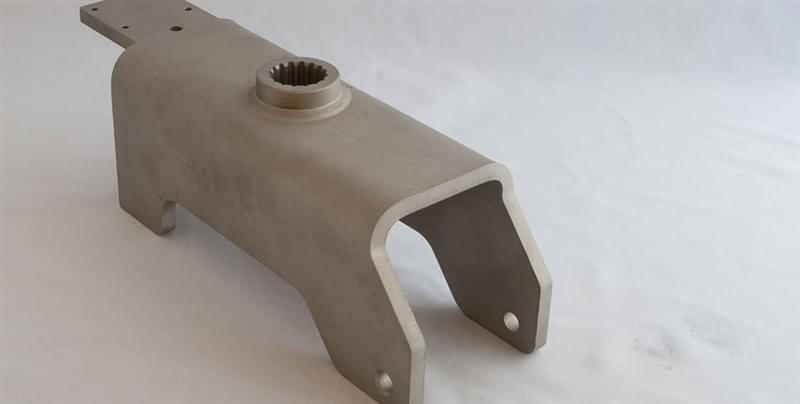Steel bending: from A to Z all about sheet metal bend

Bending is one of the most important processes of sheet metal working; in fact, together with deep-drawing, blanking, punching etc, bending is commonly used for creating finished and semi-finished products. It can be performed to give shapes to almost all metals such as copper, brass, aluminum, special alloys and, most of all, on steel.
Steel Bending, how does it work?
In steel bending operations a piece of sheet metal is placed over a mould and pressed, through the use of punches and other tools, till it reaches the desired shape. During this process, tensile and compressive straights are called to act: they’re essential to change the shapes of the metal surface.
After bending procedure, because of the residual energy of the entire process, the steel tends to return to his original shapes and to decrease the curve just created (this process is called spring back). This is the reason why, after pressing the sheet metal surface, an over-bent is necessary; otherwise, the final bend won’t reach the desired shape.
All types of steel bending
One of the most common cliché is to believe that there’s just one type of bending; this isn’t true.
From structural to the smallest steel bending operations, a metal working specialist can choose among a wide range of procedures such as cold or hot bending.
The first one, is the most known and used bending process. It can be suggested to obtain elementary shapes, the second one is instead recommended when a really intricate geometry is required (deforming a metal surface when its temperature is higher and its composition is more malleable is easier).
Then, there are many other specific types of steel bending:
V Bending
This kind of bending is one of the most popular sheet metal works: from automotive sector, appliances, mechanical or technological ones, its range of application is really really wide. Thanks to the use of punches and matrixes, the V bending requires simple operations and a very accurate result.
U Bending
It’s used to obtain curved bends thanks to the use of disc punches and dies. This type of steel bending is used to realize arched and curved finished and semi-finished components.
Rotary Bending
The rotary bending operations is performed through the use of a special type of mould and punch. Thanks to a rotating cylinder and specific curved moulds, the rotary bending mechanism is able to bend sheet metal pipes and surfaces ensuring perfect curves wide more than 90°.
Incremental Bending
It’s a typical method of bending steel used by steel bending specialists when specific shapes and very large radii are required. During this special process, some applying points must be localized; here an hydraulic punch produces a continuous and constant press strength till the desired geometry is reached.

